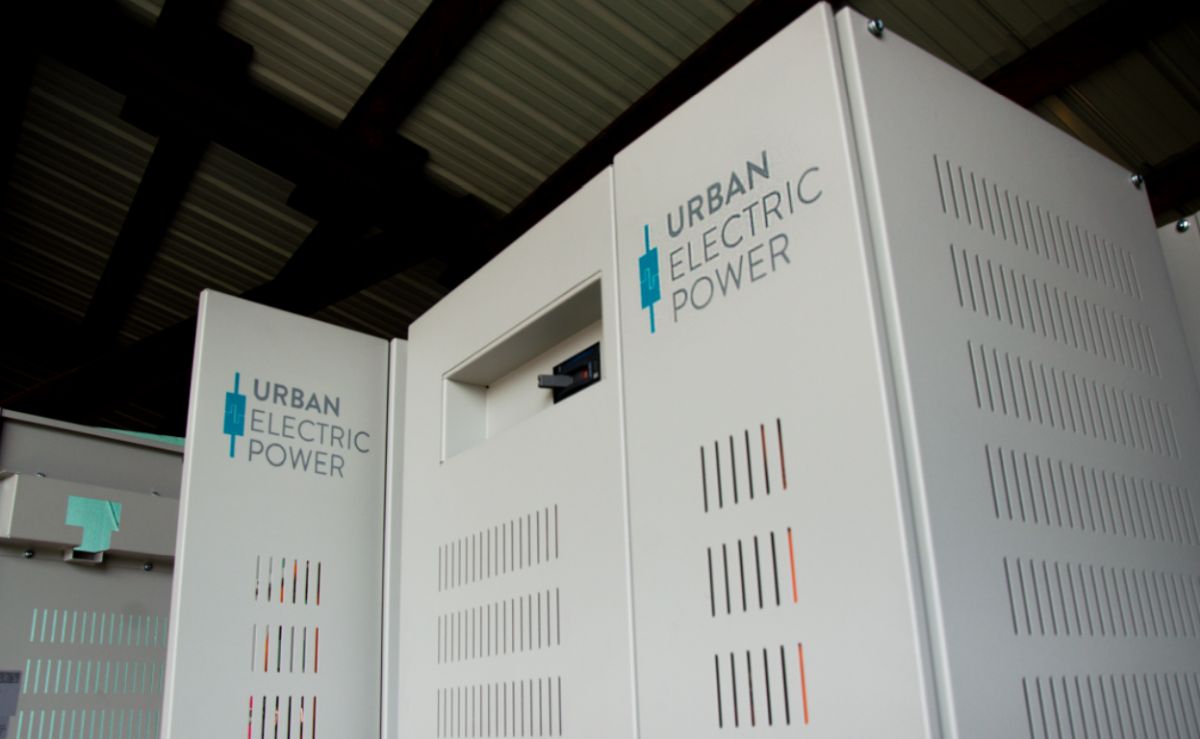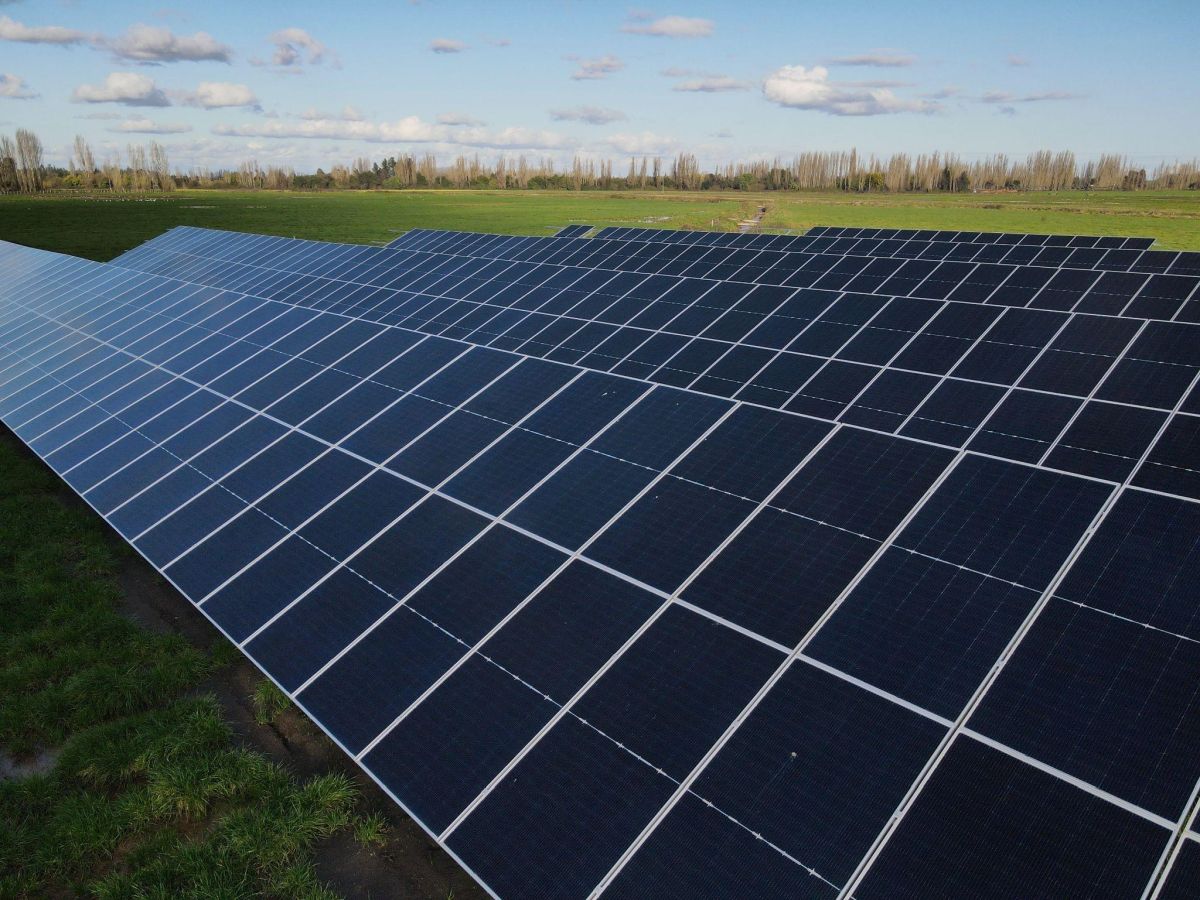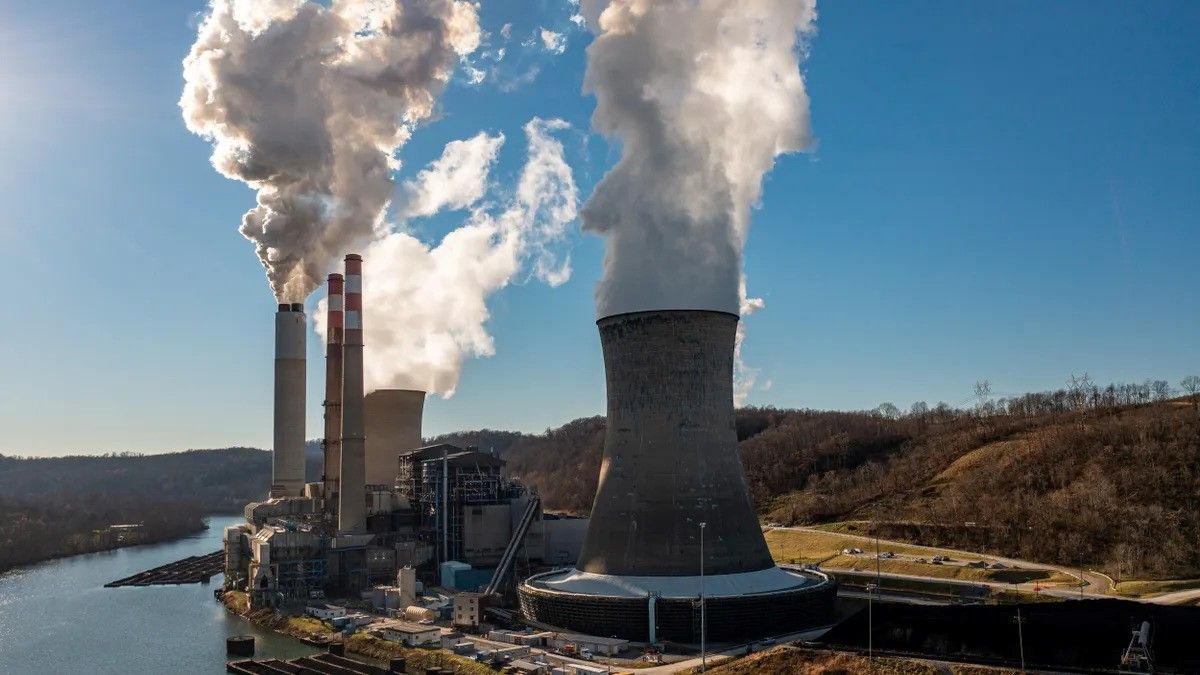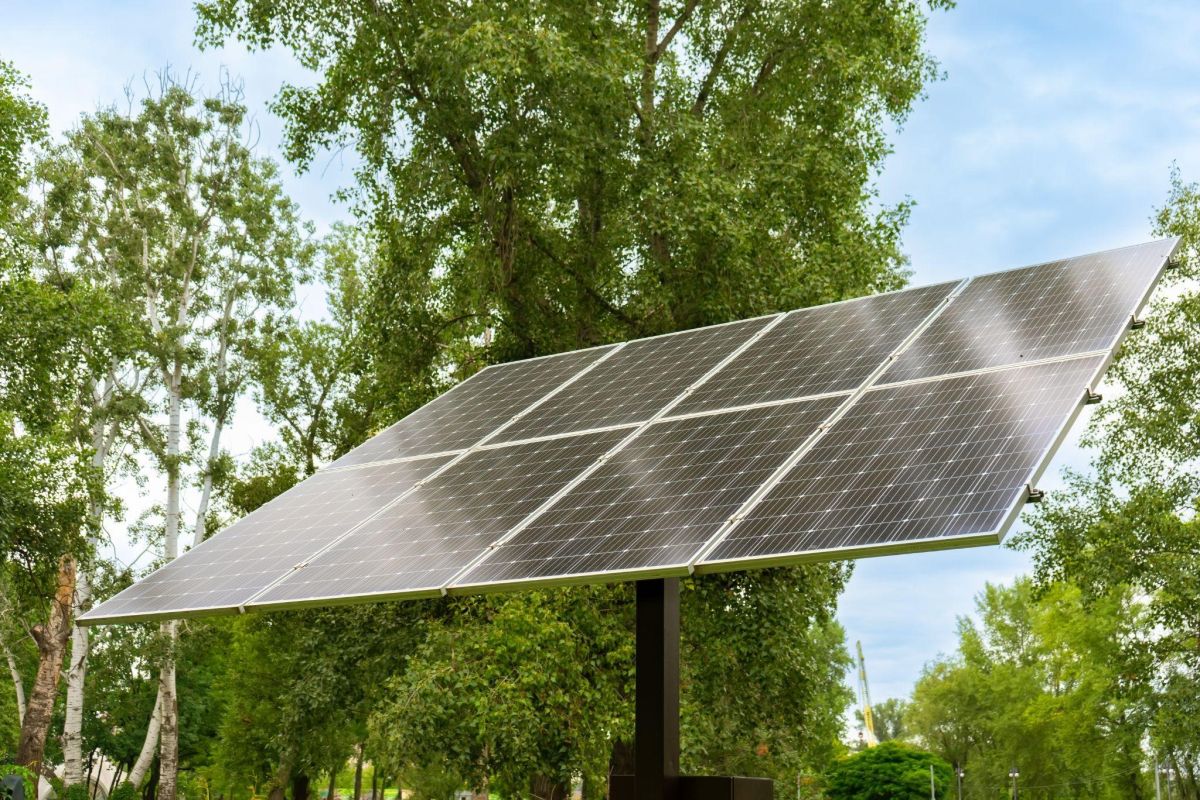WWW.UTILITYDIVE.COM
Batteries make up 46% of ISO New England’s interconnection queue, but the grid operator said that as peak demand grows they may “struggle to recharge during the winter months.”
The New England electric grid could require up to $1 billion in annual transmission investments through 2050 to support the clean energy transition, but even with that level of spending the grid operator said it will still face potential resource adequacy challenges.
ISO New England published its Regional Electricity Outlook on Monday, sketching out four requirements to support the transition: significant amounts of clean energy resources; sufficient balancing resources; a reliable fuel supply chain or energy reserve; and a robust transmission system.
“Over the next 20 years, we expect that renewable resources will displace natural gas as the main source of electricity generation in the region,” the ISO said.
Between now and 2040 the ISO expects its system to move from 6 GW of solar capacity to 28 GW, with most of that behind the meter. There are currently about 1.4 GW of wind resources on the system, but the grid operator expects that to grow by about 17 GW of offshore capacity.
Gas will fall from about 45% of New England’s electricity production in 2022 to about 12% in 2040, according to ISO projections, while renewables will rise from about 11% to 56% across the same period.
And while the New England grid has for decades seen the highest energy usage during the summer months, the expansion of electric heating and other new sources of demand means future grid use will peak in the winter.
“The future grid faces energy adequacy challenges on two fronts,” the ISO said. “Electrification of the transportation and heating sectors will drive demand higher and higher in the years ahead. Meanwhile, extreme weather caused by climate change will increasingly affect the productivity of energy resources.”
Heating electrification is expected to turn the regional grid back into a winter-peaking system sometime in the mid-2030s, the ISO said. “That could happen even sooner if the region experiences colder-than-average temperatures.”
“Energy adequacy concerns are already greatest around periods of prolonged cold, and that will remain true for the foreseeable future,” the ISO said.
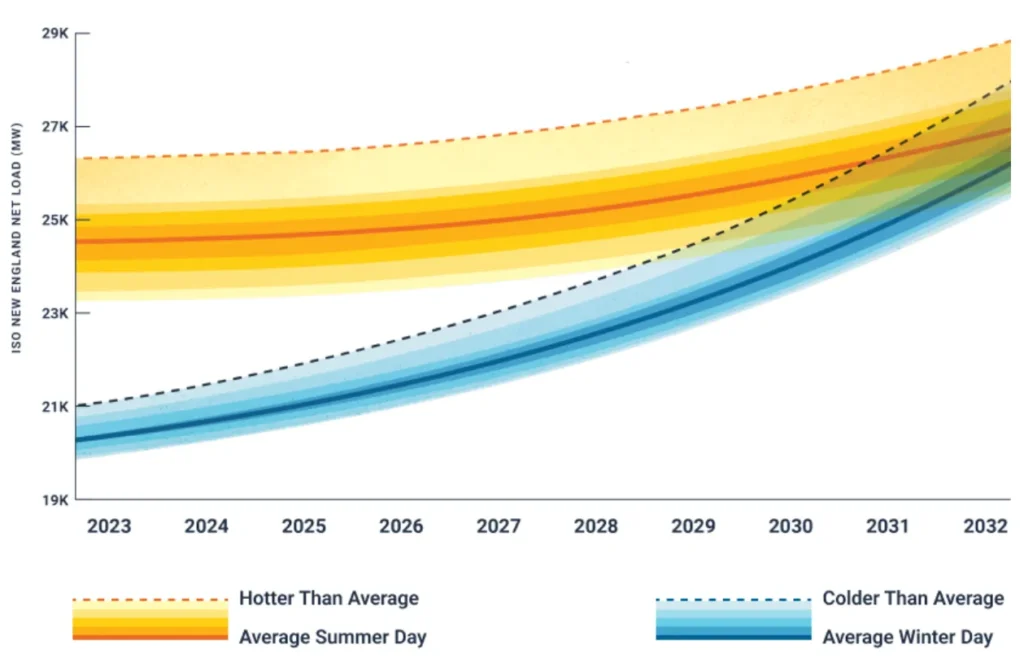
Batteries will play a key role in New England’s future, though the grid operator identified challenges. There are currently about 90 MW of dispatchable short-duration battery storage on the grid but “that figure is expected to grow substantially.”
There are almost 40 GW of resources in the ISO’s interconnection queue, 46% of which are battery storage.










